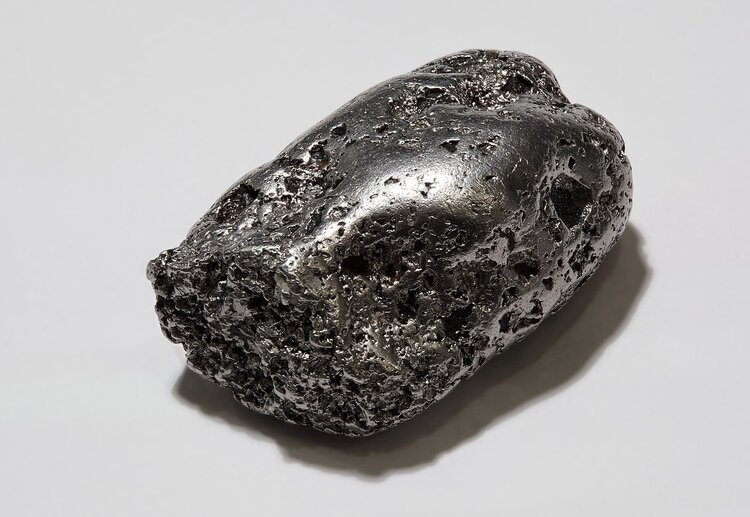Silver prices (XAG/USD) experienced a decline on Friday, with the precious metal trading at $29.18 per troy ounce, marking a 2.14% decrease from the previous day’s price of $29.82. Despite this recent dip, Silver prices have shown a notable increase of 22.64% since the beginning of the year. The Gold/Silver ratio, which compares the value of Silver to that of Gold, rose to 82.64 on Friday from 82.00 on Thursday.
Investors often turn to Silver as a valuable asset for diversifying their investment portfolios or as a potential hedge during periods of high inflation. While Silver is not as popular as Gold, it has a long history of being used as a store of value and a medium of exchange. Investors have the option of purchasing physical Silver in the form of coins or bars, or trading it through Exchange Traded Funds that track its price on international markets.
Various factors can influence the movement of Silver prices, including geopolitical instability, economic recession fears, and shifts in interest rates. Silver is typically seen as a safe-haven asset, albeit to a lesser extent than Gold. It is also affected by the performance of the US Dollar, as Silver is priced in dollars (XAG/USD). A strong Dollar tends to suppress Silver prices, while a weaker Dollar can lead to price increases. Additionally, factors like investment demand, mining supply, and recycling rates play a role in determining Silver prices.
Silver is widely used in industries such as electronics and solar energy due to its high electrical conductivity, which exceeds that of Copper and Gold. Changes in demand from these sectors can impact Silver prices, with increased demand leading to higher prices and decreased demand resulting in price declines. The economies of key countries like the US, China, and India also influence Silver prices, as these nations have significant industrial and consumer demand for the metal.
Silver prices tend to track Gold price movements, given their similarities as safe-haven assets. The Gold/Silver ratio is used by investors to assess the relative valuation between the two metals, with a high ratio potentially indicating that Silver is undervalued or Gold is overvalued. Conversely, a low ratio might suggest that Gold is undervalued in comparison to Silver. Overall, Silver remains a valuable investment option for those looking to diversify their portfolios and hedge against economic uncertainties.





















